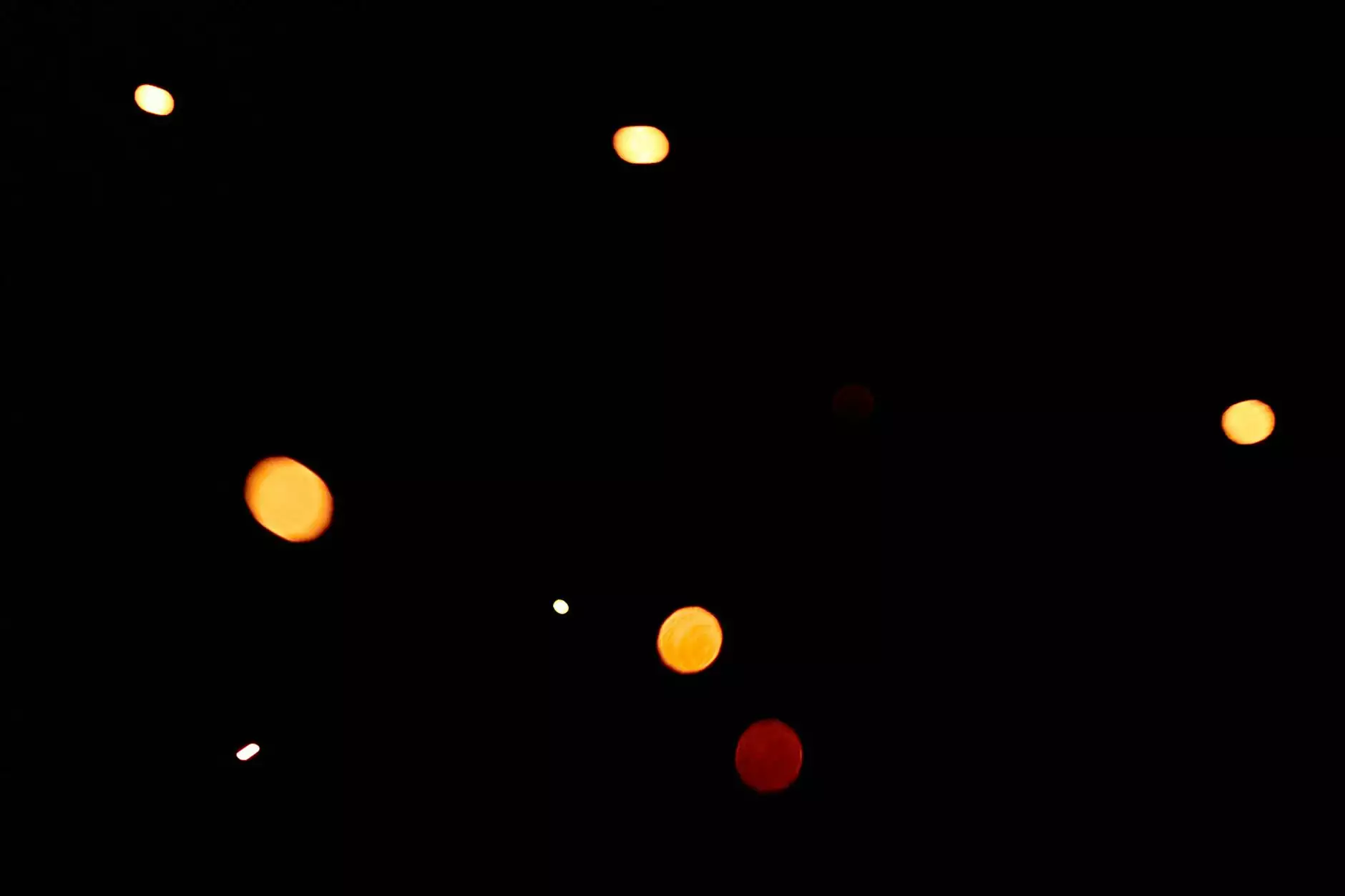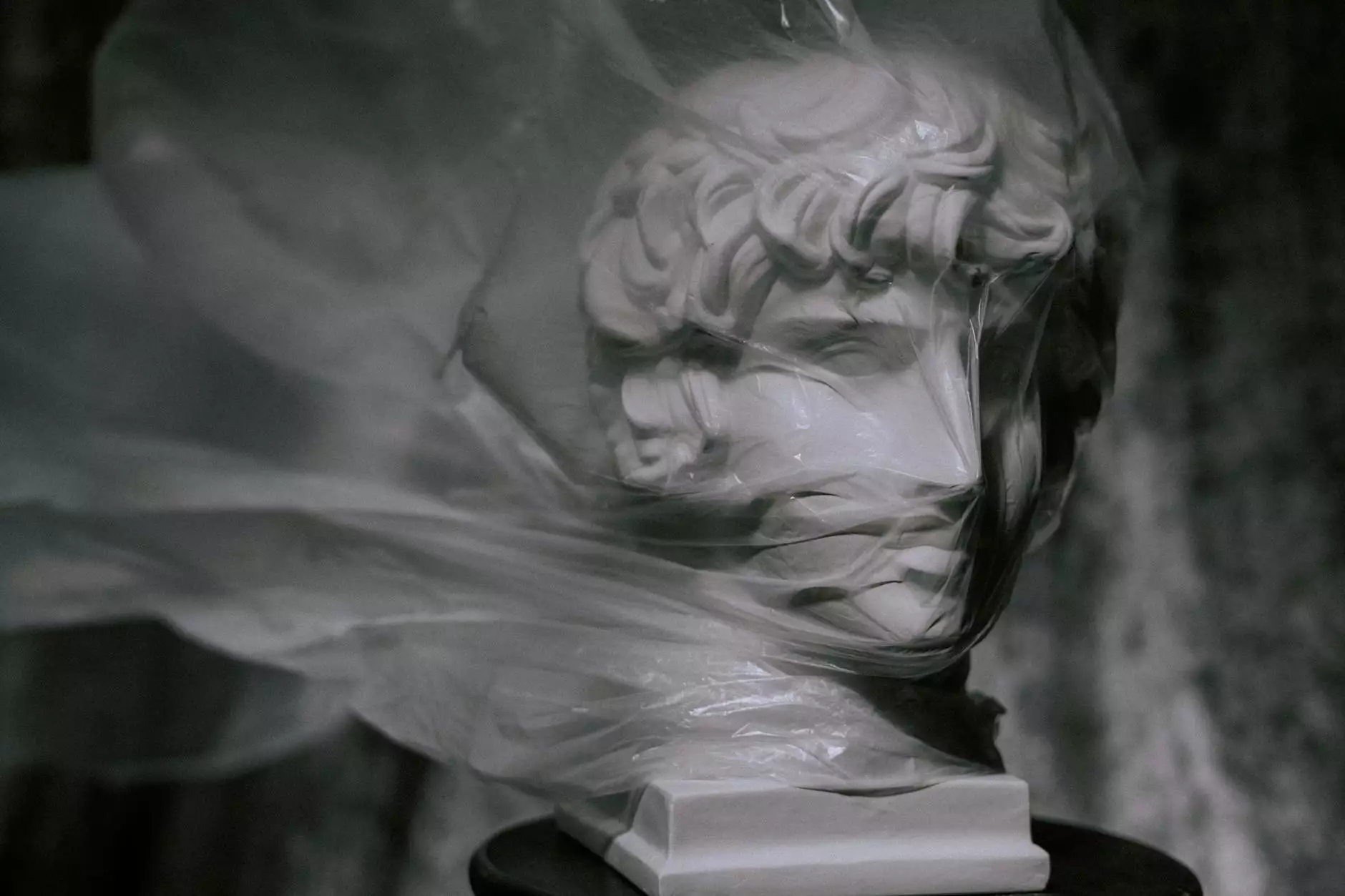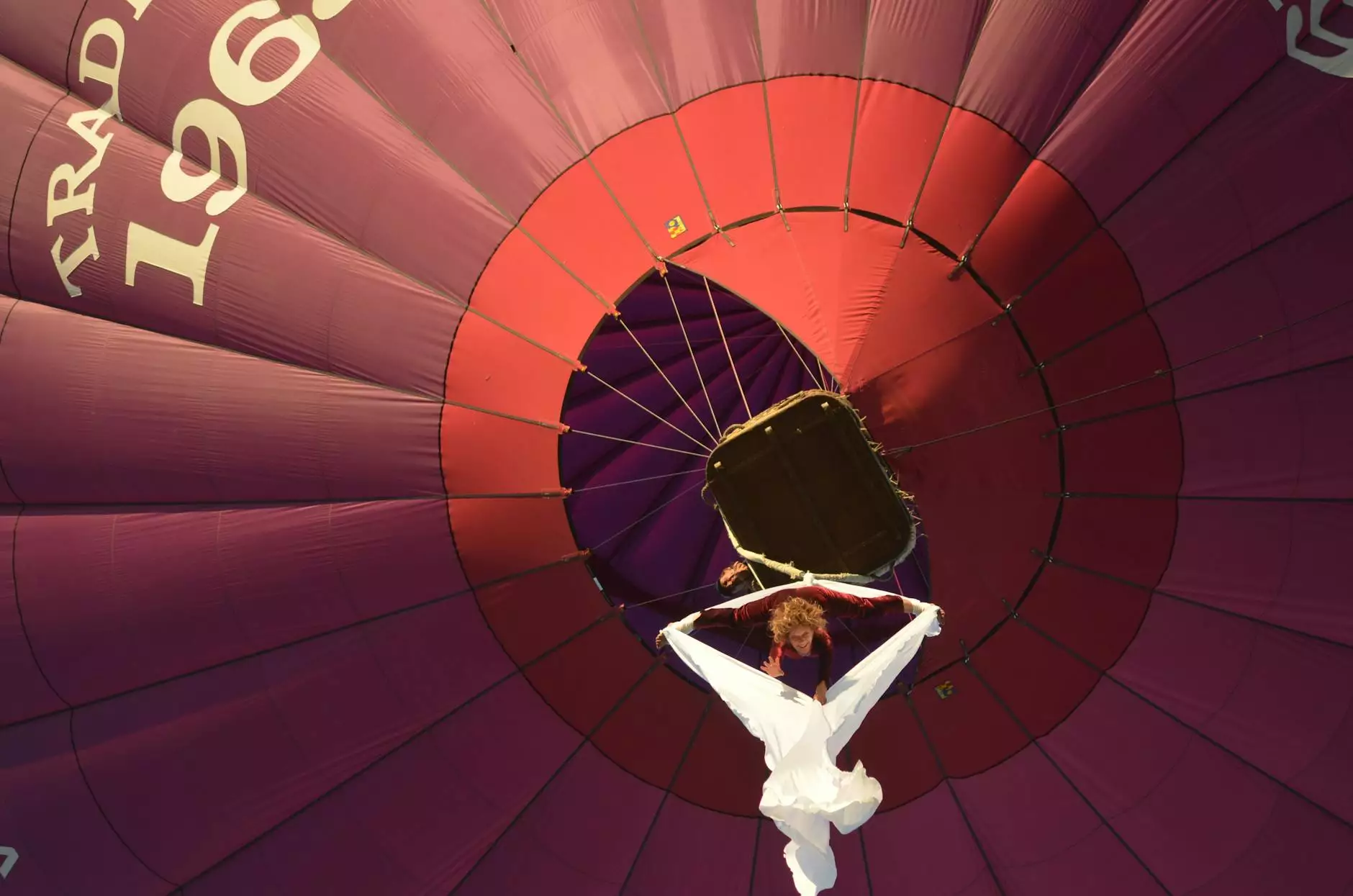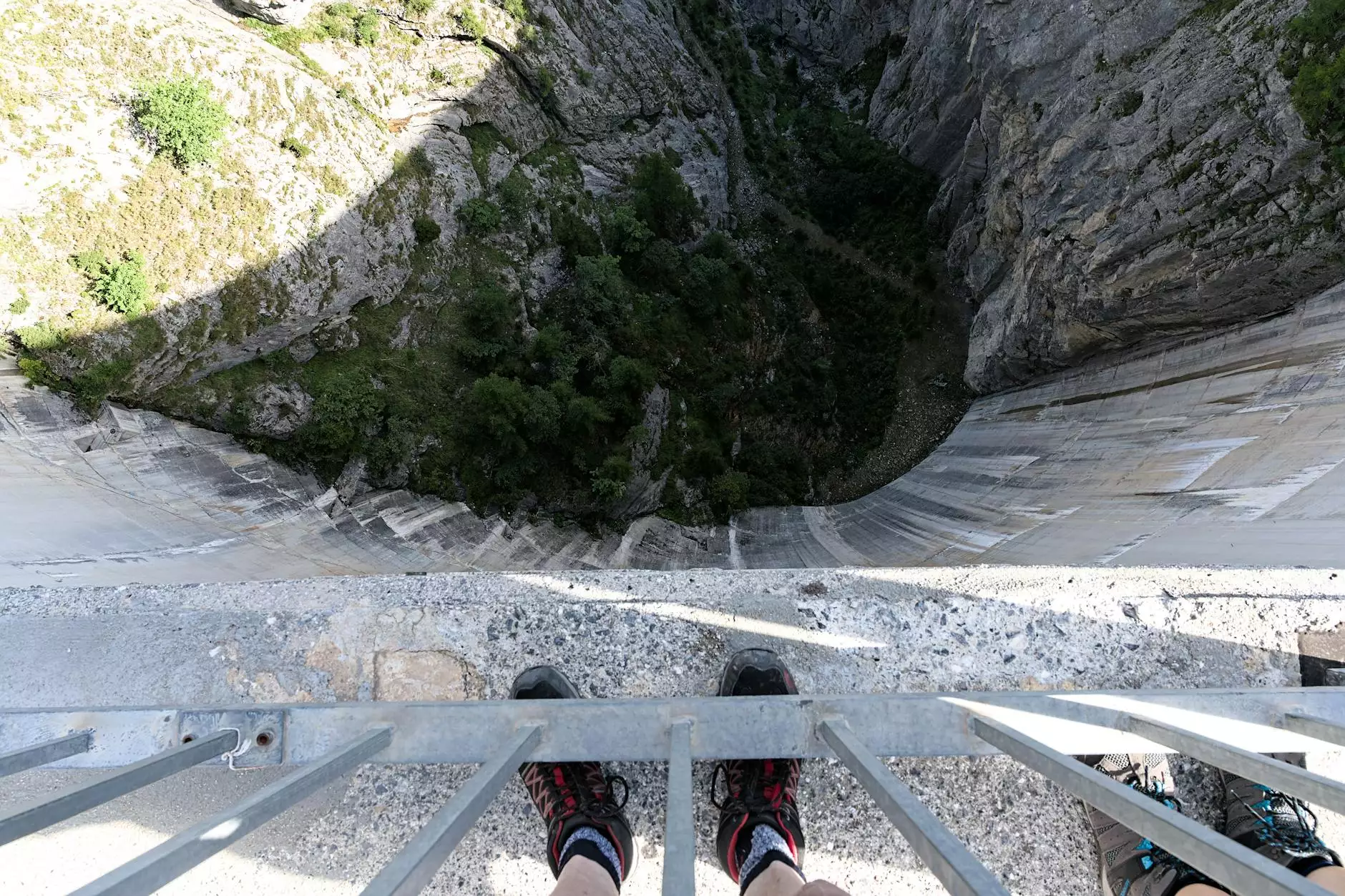The Transformative Power of Light Installation Art

In recent years, the world of contemporary art has witnessed a remarkable evolution, particularly through the proliferation of light installation art. This unique medium uses light as a primary artistic element, creating immersive experiences that captivate audiences and challenge traditional perceptions of art. As we delve into the intricate nuances of this art form, we will explore its history, significance, and its transformative effects on both artists and viewers.
Understanding Light Installation Art
Light installation art merges technology with artistry, allowing creators to manipulate light in extraordinary ways. This art form can be seen in various environments, from galleries and museums to public spaces and festivals. The interplay between light, color, and space creates a sensory experience that resonates deeply with viewers.
A Brief History of Light Art
The roots of light as an artistic medium can be traced back to the early 20th century. Artists such as Thomas Wilfred and Alberto Giacometti experimented with light projections and the concept of luminosity. However, it wasn't until the late 1960s and 1970s that light installation art began to gain significant traction. Artists like Dan Flavin and James Turrell brought light to the forefront of their work, using fluorescent tubes and natural light to transform perceptions of space and form.
The Artistic Value of Light Installation Art
Light installation art represents a modern approach to artistic expression, diverging from conventional painting and sculpture. Here are some reasons why it holds significant artistic value:
- Interactivity: Many light installations invite viewer participation, blurring the lines between the observer and the artwork.
- Transience: Light is an ephemeral medium, creating unique experiences that are fleeting and hard to replicate.
- Sensory Experience: The combination of light, sound, and space creates multisensory environments that evoke emotional responses.
- Technology and Innovation: With advancements in lighting technology, artists can explore new realms of creativity and expression.
Highlighted Artists in Light Installation Art
Several influential artists have made significant contributions to the field of light installation art. Here are a few notable figures:
- James Turrell: Known for his large-scale works exploring light and perception, Turrell's installations often manipulate light and space to create immersive environments.
- Olafur Eliasson: His installations, such as "The Weather Project," create atmospheric experiences that encourage viewers to reflect on their relationship with nature and the environment.
- Grimanesa Amoros: An influential figure in the world of light installation art, Amoros incorporates elements of culture and identity into her works, creating beautifully immersive light experiences that resonate with viewers.
The Cultural Impact of Light Installation Art
Beyond aesthetics, light installation art plays a crucial role in contemporary culture. Its impact can be observed in various domains:
Public Spaces and Festivals
Light installations are increasingly featured in public spaces and festivals, transforming ordinary environments into extraordinary visual spectacles. Events like the Festival of Lights in Berlin or Vivid Sydney showcase massive light installations that attract millions of visitors, fostering community engagement and cultural exchange.
Urban Development and Activism
Artists use light installation art as a tool for activism and urban development, addressing social issues and enhancing public spaces. For instance, installations that promote environmental awareness or cultural heritage inspire dialogue and encourage community participation.
Innovative Marketing Strategies
Businesses increasingly incorporate light installation art into their marketing strategies, using captivating visuals to attract customers. Retailers and brands leverage light installations to create memorable shopping experiences, highlighting their commitment to creativity and innovation.
Creating Your Own Light Installation Art
As the popularity of light installation art grows, many aspiring artists and enthusiasts are eager to create their own installations. Here are some essential tips to get started:
- Understand Your Space: Consider the dimensions and characteristics of the space you are working with. Think about how light interacts with the environment.
- Experiment with Materials: Use various materials that reflect, diffuse, or absorb light, such as mirrors, glass, and colored filters.
- Incorporate Technology: Explore digital tools and programming to create dynamic light displays, utilizing LEDs or projection mapping.
- Engage Your Audience: Think about how your installation can interact with viewers. Consider ways to invite participation or provoke thought.
The Future of Light Installation Art
As we look towards the future, the potential for light installation art continues to expand. With advancements in technology, including virtual and augmented reality, artists are gaining new tools to push the boundaries of creativity. These technologies allow for innovative methods of storytelling and immersive experiences that were previously unimaginable.
Global Trends in Light Installation Art
Across the globe, we are witnessing trends in light installation art that reflect societal changes and technological advancements:
- Incorporation of Environmental Themes: Artists increasingly focus on environmental issues, using light installations to raise awareness about climate change and sustainability.
- Community-Based Projects: Collaborative installations that involve community members are gaining popularity, fostering a sense of unity and shared purpose.
- Digital Integration: The fusion of digital art with traditional light installations results in captivating experiences that engage younger audiences.
Conclusion
In conclusion, light installation art is more than just an artistic trend; it represents a profound shift in how we experience and engage with art in the contemporary world. Artists like Grimanesa Amoros are at the forefront of this movement, using light to create meaningful connections between the artwork and its viewers. As we continue to explore the evolution of this captivating medium, we can anticipate even more innovative and immersive experiences that challenge our understanding of art and its role in society.
Whether you're an art enthusiast, a budding artist, or simply someone who appreciates beauty, light installation art offers a unique gateway to explore creativity, technology, and cultural expression. Embrace the light, and discover how it can transform spaces, communities, and ultimately, our perception of art itself.









